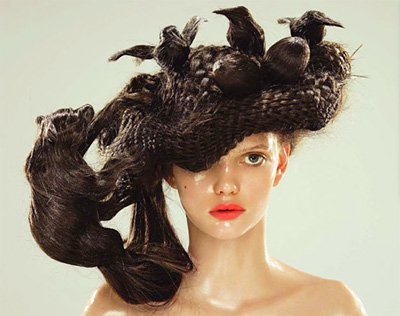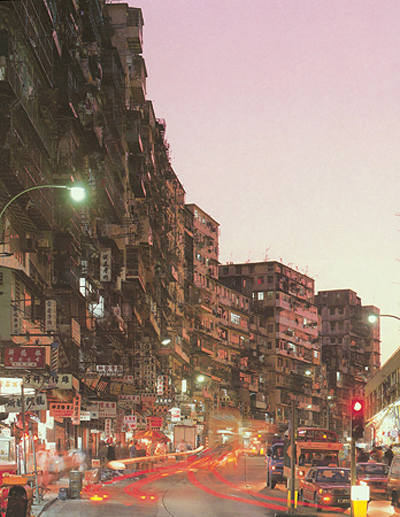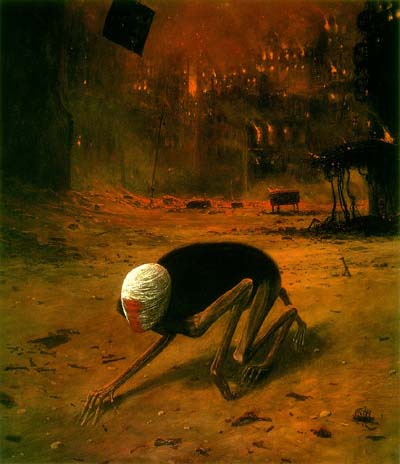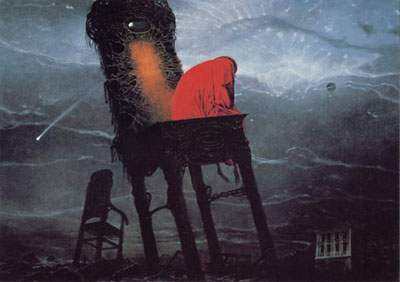Criss-crossing America’s interstates on shoestring music tours, my bandmates and I see scores of battered roadside billboards. They advertise ramshackle sculpture gardens, art brut outposts, World’s Biggest Fill-in-the-Blanks, rustic museums, and obscure historic landmarks. Such attractions are usually located in quiet little towns only a short distance from the highway. More often than not, we make a point to stop, stretch our legs and explore. These spontaneous jaunts expose us to beauty and knowledge we would never have discovered otherwise.
Possibly the most delightful surprise on this last stint with Faun Fables was a visit to the Top of Oklahoma Museum, housed in the somewhat dilapidated (but still glorious) Electric Park Pavilion on Main Street in Blackwell, OK (population 7,700). A grand, white structure with a large central dome, the Pavilion was built in 1912 to celebrate the advent of electricity in Blackwell. Its design takes after styles exhibited at the famous “White City” of the World’s Fair in Chicago in 1893. Its lights, which originally numbered over 500, could once be seen for miles across the windswept prairie.

These days, the Pavilion could use some serious TLC. Multiple leaks in the dome have endangered the museum’s contents. Plastic tarps enshroud several exhibits. Many items bear marks of water damage. One of the kindly septuagenarian docents who works there followed us from room to room, clucking over the holes in the roof, the rusty stains. These senior preservationists take a lot of pride in their charge, with good reason. The “TOOM” is a sprawling treasure trove of turn-of-the-century ephemera, railroad memorabilia, articles of Cherokee life, hand-carved walking sticks and pipes, dioramas, dollhouses, baby buggies, hobbyist’s taxidermy, antique musical and medical instruments, Victrolas, zinc smelting documentation, delicate handmade lace, linen and clothing, exceedingly creepy dolls, sewing machines, china, vintage propaganda, picture books, elaborate quilting, and countless other keepsakes left behind by the city’s first brave citizens.
Judging by these artifacts, early non-native residents of Oklahoma were hardy, determined folk who struggled to eke out a life on America’s frontier. How they maintained such an unshakable air of dignity and refinement is beyond me, but Blackwell is a true, sparkling diamond in the rough. For me, nothing symbolizes the spirit of its citizens better than the following portrait, unceremoniously presented on a torn, water-stained bit of pasteboard in the museum’s “School Room”: ”

Who were you, Lola? Whatever became of you?
The girl’s name was Lola Squires, and she was a student enrolled in Blackwell High, graduating class of 1916. That’s all I know. Her gaze knocked me back several feet. Once I finally stop staring at her, I realized that there were countless other flint-eyed and bow-bedecked young beauties on the walls nearby. I must have spent well over an hour in that one room, moving from portrait to portrait, documenting as much as I could, just stunned.
















